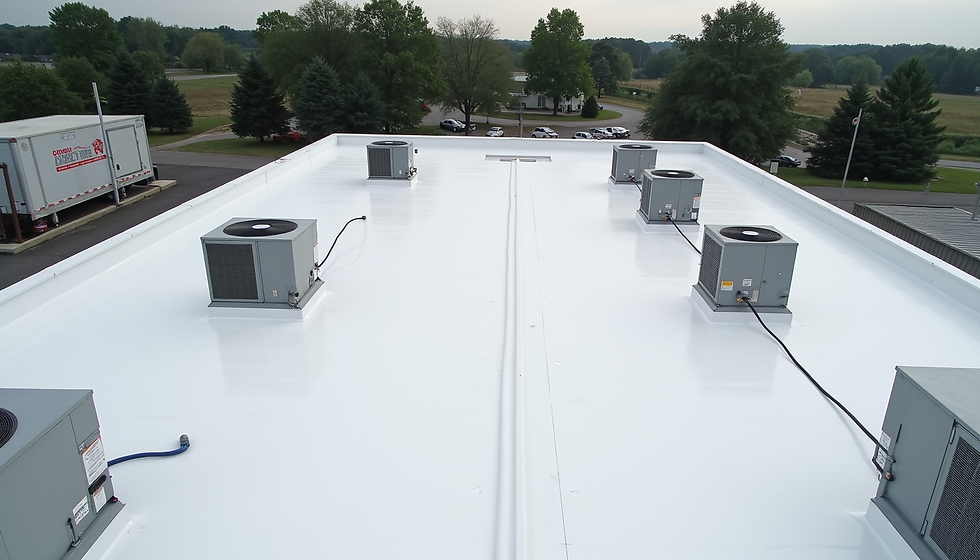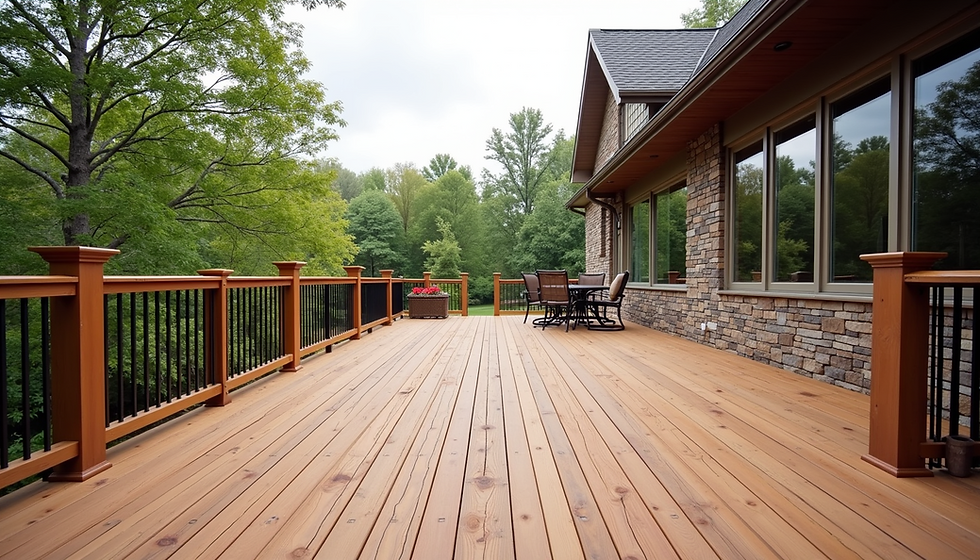Does your home have a proper drainage system?
- Larry P. Gard

- Sep 24, 2023
- 2 min read
Updated: Oct 25, 2023


A well-designed drainage system is essential to remove excess water from your house and helps in the prevention of water-related damage to a home or building. The main objective of a drainage system is to collect and remove waste matter to maintain healthy conditions in and around a building. Having a depth of knowledge about all the different types of drainage systems will make all the difference when it comes to waterproofing your home and creating your dream property. Remember, the longer water sits on a surface, the more susceptible it is to contamination and deterioration of structural integrity and may require further environmental testing. Below is a list of residential drainage systems. These include surface, subsurface, downspout and gutter systems, and sump pump.

What is the proper slope of your yard away from your home?
According to the EPA, patio slabs, walks and driveways n
eed a minimum slope of 1/4 inch per foot away from the house with back-fill to prevent settling. The final grade must be sloped away from the foundation by 1/2 inch per foot over a minimum distance of 10 feet. Sometimes this also translates to 1-2% grade away from the foundation.
7 Gutter Drainage Solutions for Your Gutters
Seriously consider installing gutter guards. ...
Be sure to clean & inspect your gutters regularly. ...
Always have splash blocks. ...
Install underground gutter drainage (corrugated pipes) ...
Use a rain barrel. ...
Install river rock to create a drainage system. ...
French drains.
Why is proper drainage important for health?
Proper drainage around your home is important for health because wastewater and sewage can contaminate our water supply. It can also create a breeding ground for diseases. A good drainage system also helps keep you comfortable and healthy by preventing condensation, which prevents the growth of mold and mildew. It also deters the accumulation of moisture, which can promote the development of dust mites and mildew. All in all, proper drainage is necessary in having a healthy home. It also prevents Soil Er erosion. A build-up of water over time can lead to soil disintegration which creates muddy surfaces and then soil erosion occurs.






Comments